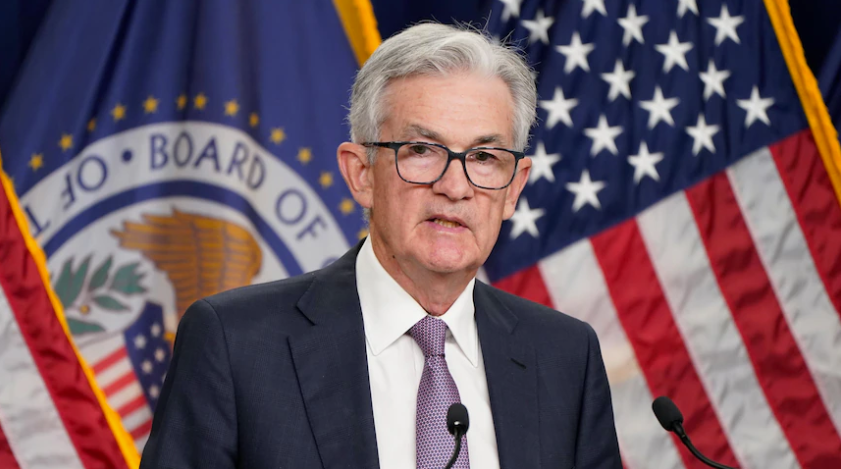This week is a massive one for the world’s most important central banks, with the US Federal Reserve, European Central Bank and Bank of England all meeting.
All three are widely expected to raise rates in lock-step, by half a percentage point.
The Fed is the first out of the blocks, with its two-day meeting concluding on Wednesday, which is early Thursday morning in Australia.

Markets are putting a 93 per cent probability on a half a percentage point increase, with an outside chance of a bigger rate rise.
That will take the target range for the US Fed funds rate to 4.25-4.5 per cent (the Fed targets a range, rather than a single point like the RBA).
NAB’s head of market economics Tapas Strickland said a slightly hotter than expected 0.4 per cent rise in core producer prices for the previous month has traders on edge that the Fed might go harder for longer on rate rises.
All eyes will now be on this week’s US Consumer Price Index number.
“The print will also validate chair Powell’s recent speech that while the October inflation numbers were encouraging, it will take substantially more progress to bring inflation down.
“The PPI isn’t usually a market mover, but markets are jittery ahead of key risk events this week.
“With PPI printing a little hotter, attention now turns to the CPI data on Tuesday, ahead of the FOMC decision on Wednesday.”
The ECB and BoE both follow on Thursday, with their decisions coming out in the night time after markets have closed in Australia.
According to Reuters data, markets are pricing in a 73 per cent chance of a 0.5 percentage point ECB rate rise, with a 27 per cent chance it goes harder with a 0.75 percentage point rise.
The BoE is rated at 87 per cent for a 0.5 percentage point increase, again with the other possibility seen as a 0.75 percentage point rise.
Read More: Live updates: ASX falls ahead of busy week for central banks, Tyro takeovers fall through
